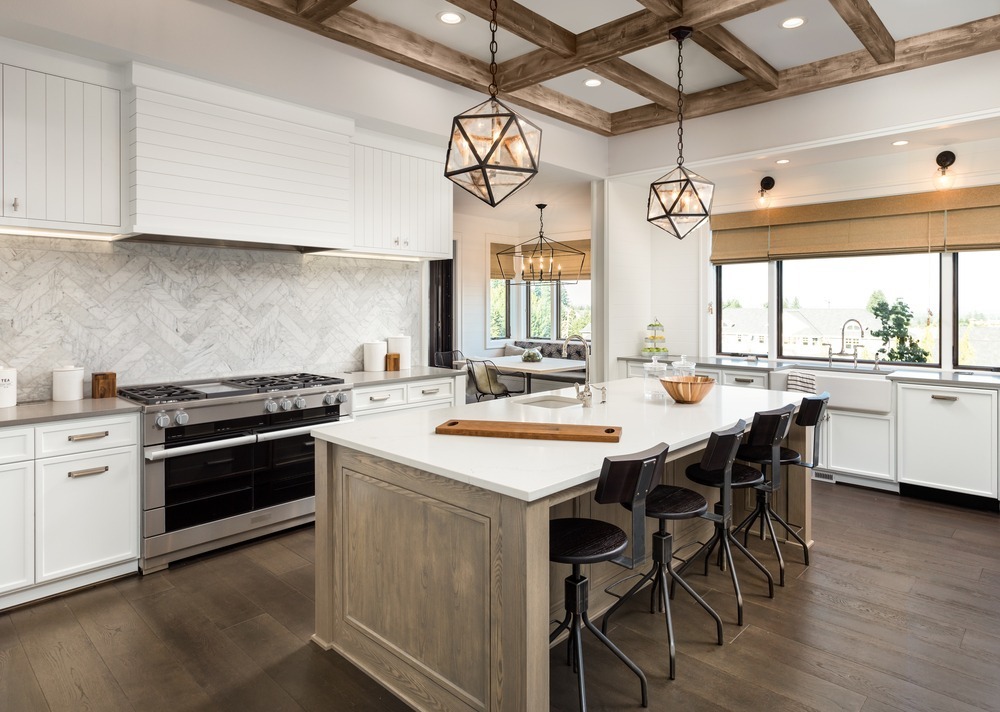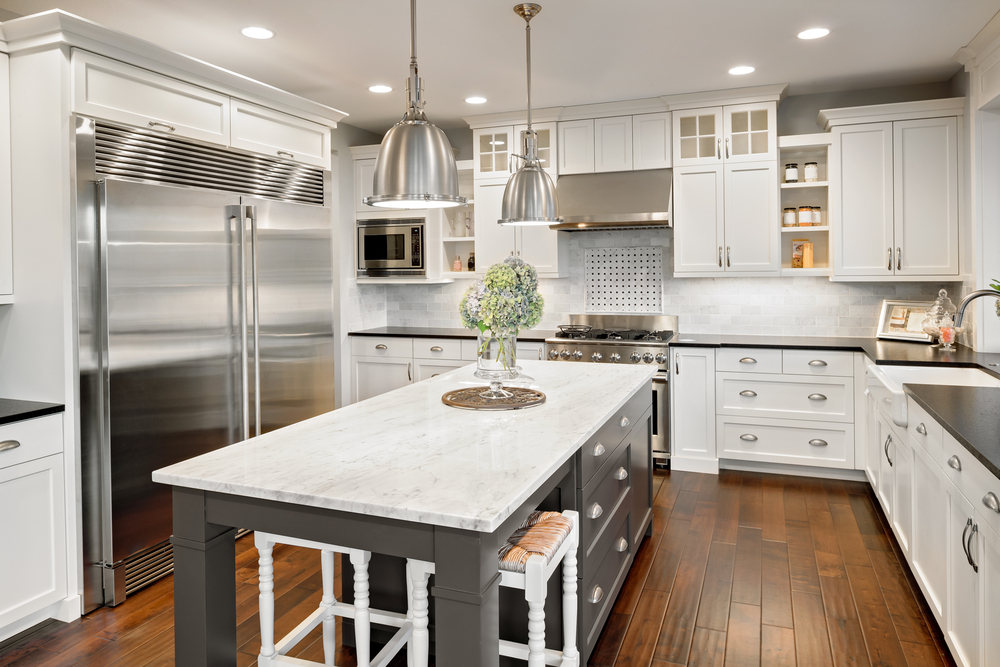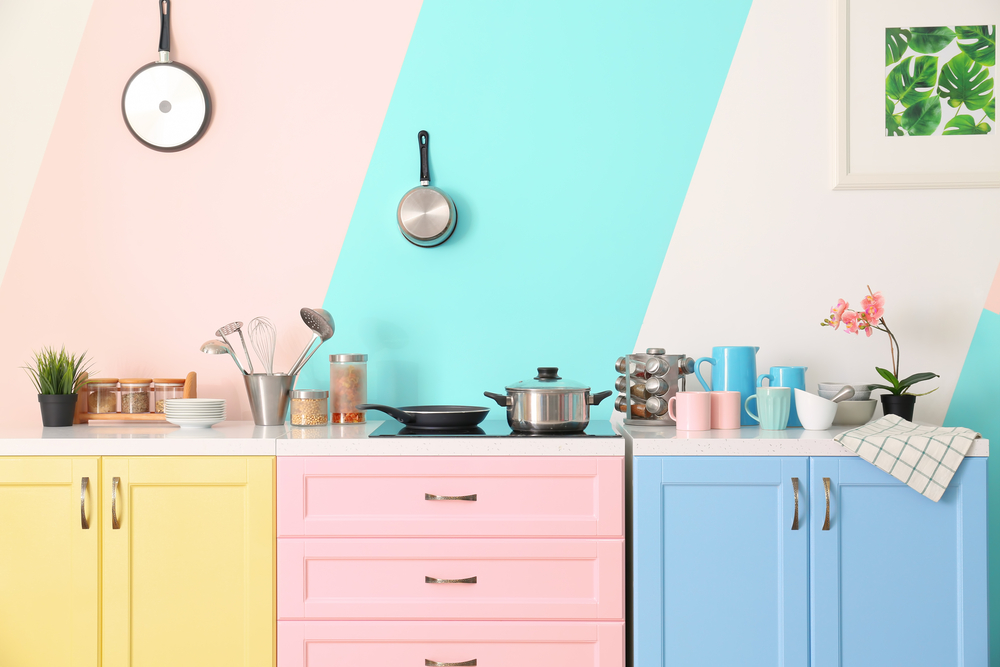Kitchen remodeling should be a fun and enjoyable experience for all involved.
Kitchen remodeling should be a fun and enjoyable experience for all involved. However, there is often an internal conflict between consumers wanting their creativity to run free, yet feeling confined within the parameters of traditional interior design.
Consumers are presented with thousands of product ranges, with a constant release of new styles and trends that are no longer contained to seasonal schedules. With so many options to explore, many are moving away from prescriptive and rigid designs towards something more flexible and creative. Consumers are opting to utilize the full wealth of choices available to them, with freedom to pick and choose each individual element for a customized kitchen that incorporates the ‘best of everything’.
Kitchen retailers looking to tap into potential ‘mismatched kitchen’ revenue streams will simply not satisfy with a ‘one size fits all’ approach. These customers are extremely focused on customized kitchen designs and that extends past product range into the overall design experience. For kitchen retailers, this requires flexible and easily tailored design solutions, such as 3D planning, in order to maximize the opportunity for sales.
Mismatched kitchens: A trend made to order
Of course, kitchen design is already geared towards customization; with entire kitchens custom fit to consumers’ exact measurements and room shapes, no two are the same. A bespoke and tailored approach is taken to installation and that is now being applied to design, focusing on creating unique, one-of-a-kind concepts. Mismatched kitchens are exactly that. They sit outside of the complete product offerings often displayed in catalogs, and are instead built out by consumers piece by piece, entirely bespoke to their aspirations – a true ‘dream kitchen’.
As many as 1 in 3 consumers have reported they want to customize products and services, with 1 in 5 willing to spend a 20 percent premium. This indicates a strong market demand for the personal touch when undertaking kitchen remodeling projects, suggesting a handsome return for those retailers that adapt their strategies and customer communications accordingly.
3 popular takes on the ‘mismatched kitchen’ trend
1. Mismatched features

A great way to add variety to any kitchen layout, whether new or existing, is by applying the mismatch look to a key feature. Whether it is by introducing a bright feature wall, a standout appliance such as a smart-fridge, or a functional yet stylish cabinet-hosting island, it is sure to standout and attract attention.
Using the HomeByMe for Kitchen Retailers 3D planning solution, mismatching features is incredibly easy to achieve. Once a user enters the dimensions and shape of their kitchen, at the click of a button the solution will generate stunning design recommendations to consider. From this point, the user can simply access the extensive product catalogs integrated within the solution to switch out features as required, replacing with products of any style, color or variety they choose.
2. Mismatched materials

Another option for a simple yet effective mismatched design is by picking and choosing different materials and textures. Whether mixing variations of the same material such as pine and mahogany, or completely different materials such as marble and stainless steel, the combinations are endless, and the end-results can be highly effective.
Through the HomeByMe platform, users can add and view all catalog products in 3D form, capturing every angle and detail, zooming in to even the grain of the wood or material chosen to make sure it lives up to expectations. There are also options available for users to generate screenshots of their designs or view HD realistic images, which can then be shared easily on social networks to discuss and validate with friends and family.
3. Mismatched themes

For consumers that might be struggling to choose between several overarching themes for their kitchen, mismatching trends solves that problem. Whether modern feat. rustic, romantic yet high tech, or airy and cozy, anything is possible. Rules no longer apply and instead consumers create a design that is truly unique and transcends the usual styles and trends, sitting in a category of its own.
While mismatched designs are about breaking rules, accuracy and functionality still needs to sit at the heart of any remodeling project, and the HomeByMe solution makes this exceptionally easy. As users progress through their design projects, automated business rules are there to guide and enhance the customer experience at every step of the way, overlaying industry best practices from organizations such as the NKBA to guarantee a high standard design every time.
Delivering ongoing value past the point of purchase
Mismatched kitchen buyers have greater flexibility to buy additional products following remodeling projects, presenting retailers with a great opportunity for repeat business. Where the overall kitchen design is mismatched and a mixture of styles, the consumer can easily add to existing layouts or upgrade individual elements in a cost-effective way that takes much less time and commitment than a full re-design. By having access to a 3D planning solution such as HomeByMe for Kitchen Retailers, users are fully supported to continue their design journey with the option to revisit and easily adapt earlier designs at any time.
Solutions such as 3D planning will enable kitchen retailers to gain a competitive edge and better differentiate themselves within the market going forward, fully tapping into the revenue potential offered. As the market continues to shift towards customized products and experiences, kitchen retailers that offer customers a high degree of flexibility will come out on top.


